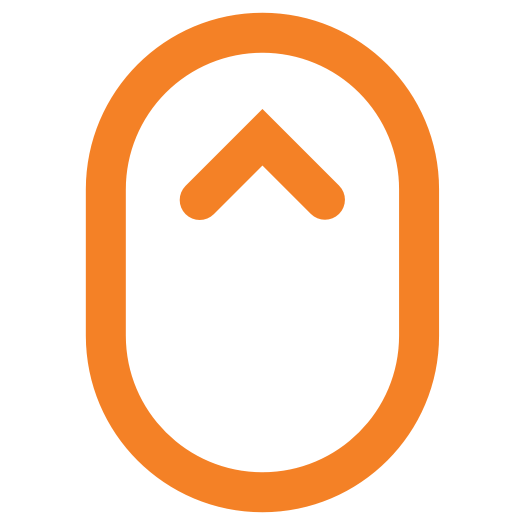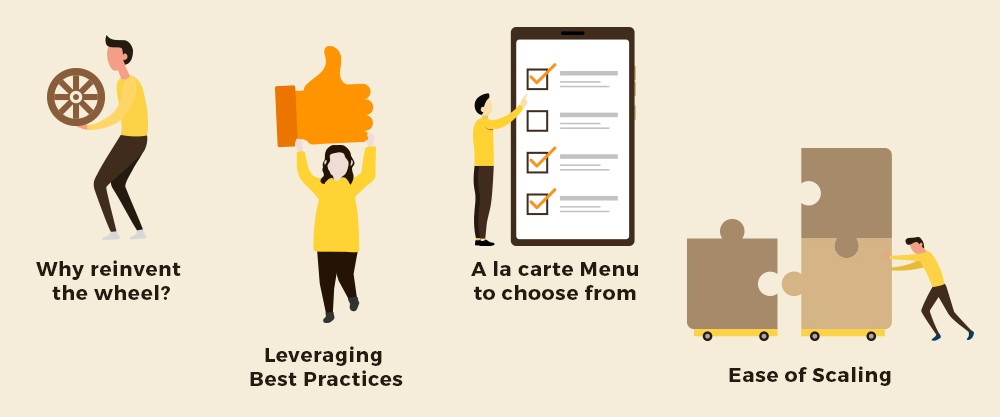
It is important for any organisation that they choose the right tool to manage their data governance programs. Whether the tool is developed in-house or it is a third party tool, there are some key features that the tool must have. This will strengthen the structure, security, interoperability and many other complex depths of data governance. This blog talks about some of the best practices followed to manage your DG programs efficiently and why considering third party DG tools could turn out to be a better option for your organisation. We've also recommended some tools based on our experience.

Simply put, Data Governance is “the exercise of decision-making and authority for data-related matters.” This definition, though accurate, doesn’t demonstrate the complex depths of DG such as warehousing, business intelligence, interoperability, security, and meta-data management, to name a few.
Depending on what’s top priority for you and what you don’t need, the right tool can help you manage your DG program efficiently. And the right tool is probably already out in the world, for you to adopt.
What are Data Governance tools?
A Data Governance tool is a software application that allows you to perform one or more of the functions you need the DG program to perform. From large enterprise players like IBM to smaller nimbler new products like Collibra, the market has several DG tools you can choose from. Some of these tools can even be customised and co-implemented for your specific needs.
Why should I consider third-party DG tools?

Why not build the application ourselves, you ask? Here’s why not!
Buy experience
Most of the third-party applications used in data governance (and certainly all the ones we recommend) have already gone through multiple rounds of iteration and fine-tuning. They’ve learnt from their mistakes. They’ve identified features that become apparent only as you get into the business end of data governance. Be smart and buy their experience to save your time.
Buy best practices
There are plenty of software suites out there incorporating best practices for specific processes. These have been validated by clients who’ve used them in real-world scenarios. To develop similar best practices on your own might take you longer and, more importantly, risk failures along the way, something no organization is comfortable with (at least when it comes to data and information security!)
Order from an a la carte Menu
Building your own data governance platform from scratch, while giving you greater control over the features and the workflows you want, commits you into a rigid course of action. On the other hand, if you were to put together your data governance platform by integrating various third-party applications, you are spoilt for choice. Many of these applications have been built keeping interoperability in mind, and it becomes a much simpler question of connecting them to your existing IT infrastructure.
Leverage scale
Thanks to this age of the cloud, most applications used for data governance leverage the principle of using resources only to the extent that you need them. Thus, your outlay for even pilot projects or proofs-of-concept are reduced to what you need at the moment, instead of what you might need years down the line. As your data governance policy evolves, as your value chain evolves, you can chop and change the underlying system as you need to.
How do I choose the right DG tool?
While we strongly advocate a horses-for-courses approach when it comes to choosing your application stack, here are a few must-have features you can look for:
Collaboration
Since you will be working with other stakeholders, applications that help you pick up from or delegate to others will make life a lot easier.
Recommendations (applications rated highly on this feature): Collibra, Informatica, Alteryx
Audit Trail
It’s not just the data that needs an audit trail, but the data governance system as well. This will enable you to track and identify changes to the policy, seek clarifications, modify or roll back changes, etc.
Recommendations: Talend, Informatica, Collibra
Visualization
Rather than view data linkages in abstraction, it helps to see how different data streams connect visually. This reduces chances of errors creeping in due to wrong associations.
Recommendations: Collibra, IBM DG
Privacy Protection
With GDPR and other pro-privacy measures in effect these days, organizations have to be extremely careful when it comes to storing and processing information that can be used to identify specific individuals. If you are worried about this, look for applications that provide a layer of anonymization in between without losing other, macro-level datapoints.
Recommendations: IBM DG, Informatica
Propagation-friendly
Since the whole point of a data governance plan is to drive it across the organization, you can look for applications capable of propagating your policies and changes across multiple systems. It’s one of the most effective ways of ensuring that there are no cracks in the system data can fall through.
Recommendations: Collibra, Talend
At I&I, find skilled IT professionals to perfectly suit your needs.


